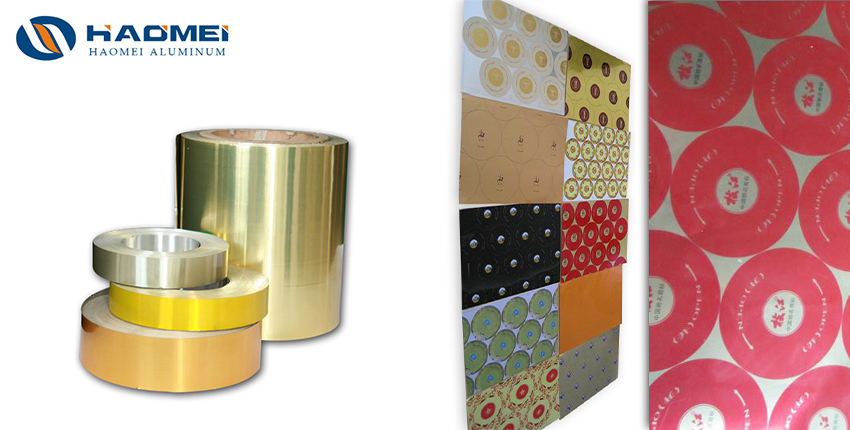Advantages of Aluminum Coil Sheet for Ropp Caps
July 3, 2018
Aluminum coil sheet for ropp caps remains to be a dominant part in aluminum consumption. There are generally two types of raw materials for ropp caps, and the other one is plastics, better-known as PP and PE, a kind of thermoplastic base resin. PP caps win even more popularity in global market, resulting in a ridiculous phenomenon that almost all aluminum coil sheet for ropp caps manufacturers have added “PP cap” to their highlighted keyword lists. PP caps are more suitable for bottling of hot-sealed products, because they withstand high temperature. In contrast, PE caps have better performance at low temperature and cost less. Aluminum ropp caps, however, have strengths of both. They stay intact at both low and high temperatures, which attributes a lot to their popularity.

In addition to extraordinary adaptability to extreme temperatures in bottling process, aluminum coil sheet for ropp caps have other advantages. They are of zero pollution to bottled products, because they neither contain nor produce toxic materials even after being processed into caps. The largest technological problem with pp caps lies in plastic scraps sticking to them during their production, and these scraps are likely to further pollute bottled liquid. Aluminum caps have no such problems. In contrast, they boast high recycle value. Owing to large demand for aluminum in industrial fields, aluminum ropp caps can be reused after simple recycling processes. The real advantages that help aluminum coil sheet to win ropp cap manufacturers over, however, are its intrinsic properties. Perfect anodizing effect and anti-corrosion performance makes paints printed on it have a long lasting beauty. Much lighter than other metals of common usage, it costs less than not only steel and copper but even plastics for raw materials of ropp caps. Besides, it takes less processing steps to make aluminum caps than plastic ones, which reduces production cost of alu caps as well.


 Nydia
Nydia
 Sales Manager
Sales Manager